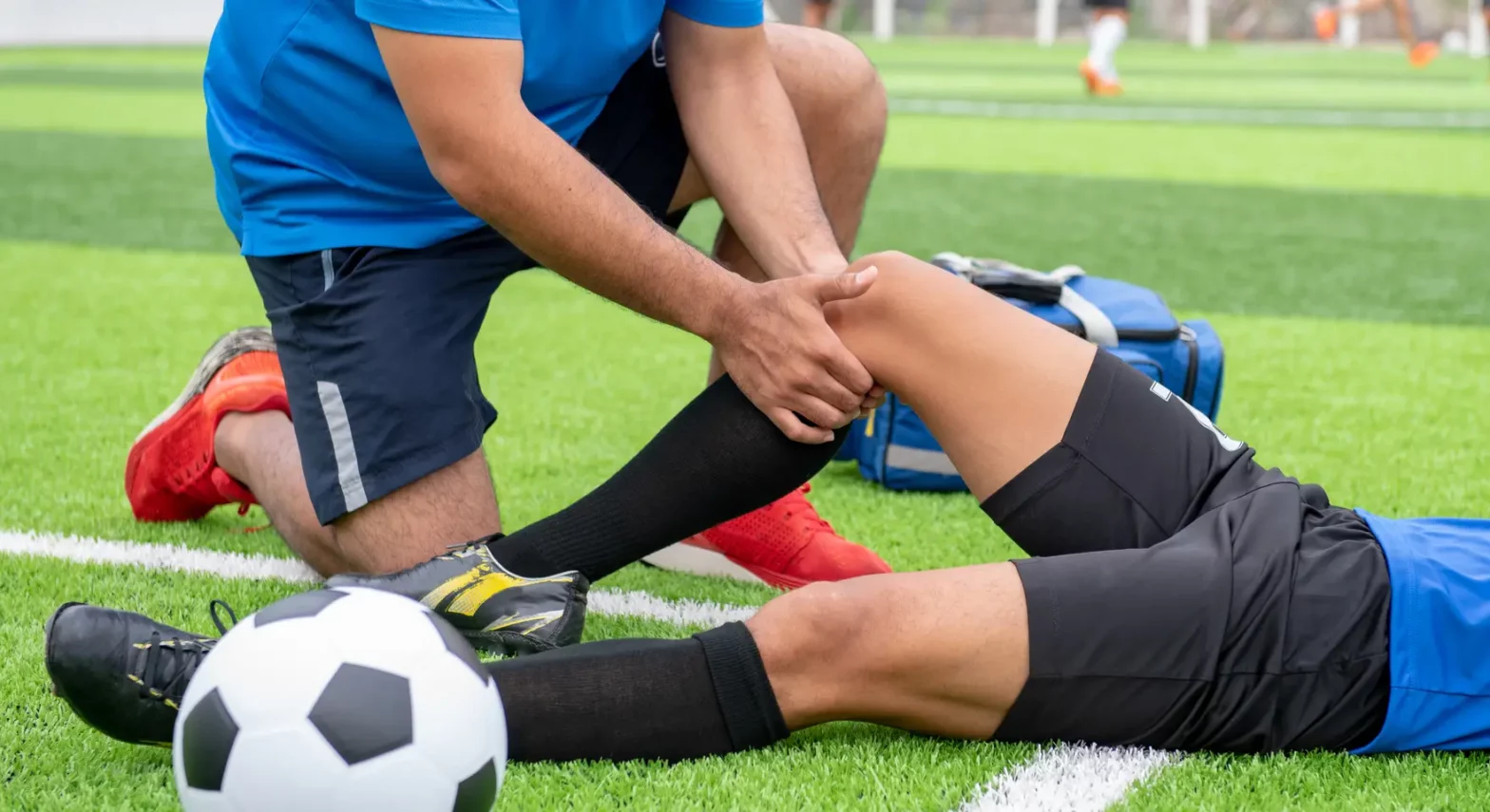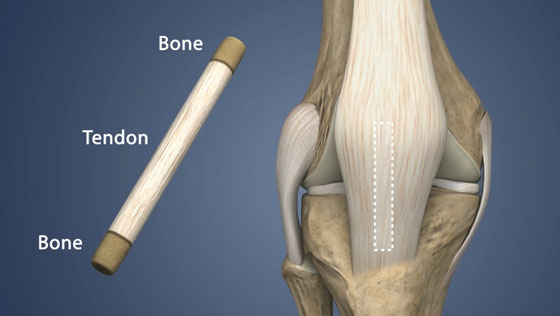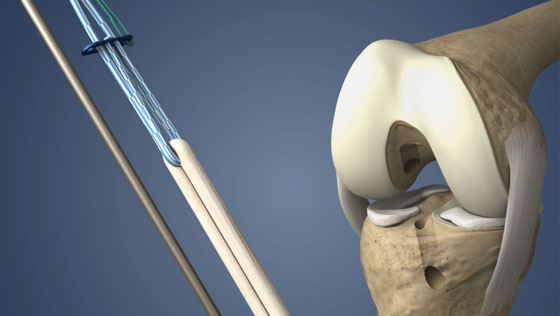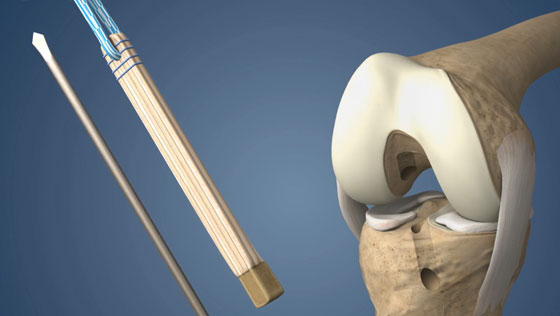May 31st, 2023
The Impact of Cleats & Artificial Turf on ACL Injuries

Many people underestimate the influence that cleats and artificial turf can have on an athlete’s musculoskeletal health. Originally designed to prevent slips and accidents during sports, cleats were intended to protect players. Similarly, artificial turf aimed to provide more cushioning for landings and reduce cuts and scrapes by minimizing friction on the skin upon contact. Manufacturers often claim that artificial turf causes fewer twisted ankles due to its even surface.
Expert Insights
The Impact of Cleats & Artificial Turf on ACL Injuries - Daniel Cooper, MD
Turf, Cleats, and the ACL
However, the use of cleats on artificial turf increases the risk of specific injuries, particularly tears of the anterior cruciate ligament (ACL) in the knee. This is particularly relevant in sports such as football and soccer, where approximately 62% of ACL injuries in soccer occurred on artificial turf without any physical contact with another athlete[1]. Athletes playing on artificial turf were about 1.6 times more likely to injure their ACL compared to playing on grass[2]. Moreover, research indicates that injuries to the posterior cruciate ligament (PCL) in the knee occur three times more frequently on artificial turf than on grass. Several factors contribute to the role of artificial turf and cleats in ACL injuries.
Injury Risk Factors
Cleats and artificial turf increase the risk of injury from twisting motions. While rotational exercises can improve coordination and build core strength when performed in moderation and with proper body mechanics[3], not all rotational movements are safe. The interaction between cleats and artificial turf generates a significant amount of rotational movement in athletes. Cleats cause an athlete’s feet to get stuck in the turf, impeding quick readjustments of the lower body to match the upper body’s movement and maintain speed[4]. When a foot becomes trapped in artificial turf, additional force from the lower body is required to free it, regardless of the body’s position. This added strain on the ACL puts individuals at risk of ligament tears. Studies demonstrate that athletes who frequently rotate their body and make rapid side-to-side movements (known as cutting) on grass while wearing cleats experience less strain on the ACL compared to those performing similar actions on artificial turf[5].
Cleat-Induced Injuries
Research indicates that non-contact events, such as experiencing rotation at the knee, are more likely to cause ACL injuries than direct trauma from contact with other athletes[6]. Approximately 38% of ACL injuries requiring surgery result from non-contact athletic injuries, often due to improper knee strain after getting a cleat stuck[7].
Poor-fitting cleats contribute to ACL injuries by causing misalignment and muscle issues in the lower body. Cleats that are either too small or too large build up tension in the ankles, knees, and hips, limiting the athlete’s leg movement and increasing the likelihood of an ACL injury. Even when properly fitted, cleats fail to provide sufficient arch support, resulting in reduced ankle stability during quick twists, turns, and rapid movements. The stud arrangement on the bottom of cleats also plays a role in ACL injuries. Athletes wearing cleats with randomly placed studs or inadequate stud count face a higher risk of injury. Additionally, excessive stud count can limit foot motion, strain other leg parts, and prevent the shoe from twisting as the athlete runs.
Certain cleats have an edge design, featuring a longer shoe with an irregular shape and smaller studs on the outer edges pointing inward. However, this design is not ideal for athlete protection. One study discovered that athletes wearing edge-design cleats exhibited the greatest amount of rotational movement in their legs. The same study found a significant increase in ACL tears among athletes using this cleat type compared to those using standard cleats. Furthermore, research suggests that the type of footwear an athlete uses is more important than the playing surface in terms of injury risk[8].
Preventing ACL Injuries
While athletes may have limited control over playing on artificial turf or natural grass, and footwear selection may be dictated in professional sports, several steps can be taken to prevent ACL injuries.
ACL prevention programs provide athletes with training on body mechanics, enabling them to learn proper landing techniques and effective pivoting for changing directions. These programs also include balance and strengthening exercises to target weak knee muscles and strengthen all joints. If athletes have the option to choose their footwear, they should consider using turf shoes or cleats only when necessary for the specific playing surface. Cleats should be flat with round studs, well-fitted, and maintain consistent size across the shoe’s exterior. Before making a purchase, athletes should examine the cleats to ensure that the studs are evenly distributed on the bottom, with slightly more placed around the edges. It is advisable to avoid cleats with additional studs under the heel or ball of the foot, as this increases the chances of getting stuck in the turf.
Being aware of the surroundings is another way to prevent ACL injuries. Athletes should regularly inspect the playing field for divots, holes, or other hazards that may cause falls or injuries. Promptly alerting the coach and grounds team to address these concerns can prevent potential harm. While additional protective gear is typically recommended for athletes recovering from an ACL tear, some athletes choose to wear knee compression sleeves or straps to prevent initial ACL injuries. These garments provide additional joint support, reducing the risk of injury in certain cases. For specific concerns about the impact of artificial turf and cleats on the risk of an ACL tear or for further protection against ACL injuries, athletes should consult with their athletic trainer or doctor.
Find an Orthopedic Doctor in Your Area





